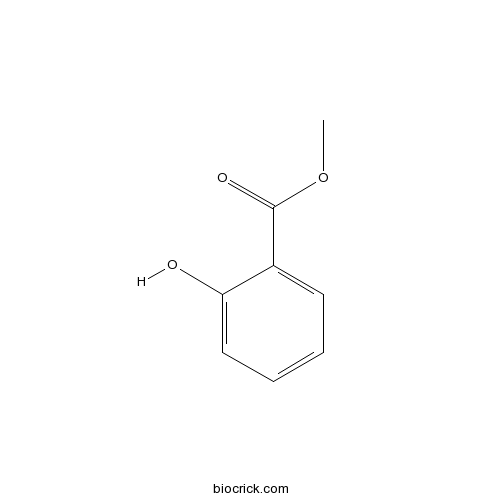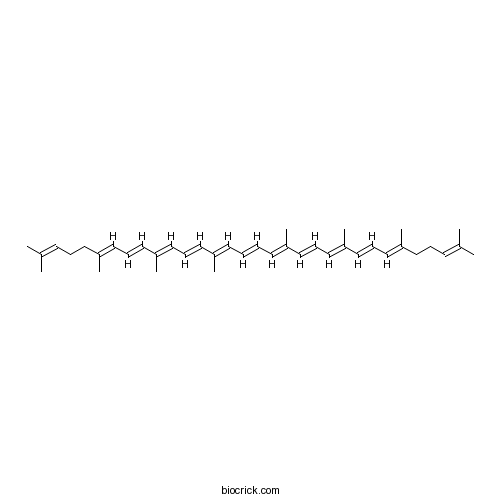Lycopersicon esculentum
Lycopersicon esculentum
1. The products in our compound library are selected from thousands of unique natural products; 2. It has the characteristics of diverse structure, diverse sources and wide coverage of activities; 3. Provide information on the activity of products from major journals, patents and research reports around the world, providing theoretical direction and research basis for further research and screening; 4. Free combination according to the type, source, target and disease of natural product; 5. The compound powder is placed in a covered tube and then discharged into a 10 x 10 cryostat; 6. Transport in ice pack or dry ice pack. Please store it at -20 °C as soon as possible after receiving the product, and use it as soon as possible after opening.
Natural products/compounds from Lycopersicon esculentum
- Cat.No. Product Name CAS Number COA
-
BCN5372
Methyl salicylate119-36-8
Instructions

-
BCN2966
Tomatine17406-45-0
Instructions

-
BCN5410
Lycopene502-65-8
Instructions

-
BCN2861
Tomatidine hydrochloride6192-62-7
Instructions

-
BCN2773
Tomatidine77-59-8
Instructions

Trichoderma atroviride promotes tomato development and alters the root exudation of carbohydrates, which stimulates fungal growth and the biocontrol of the phytopathogen Phytophthora cinnamomi in a tripartite interaction system.[Pubmed: 30010859]
Several species of Trichoderma promote plant growth and help in defense against root pathogens. The role of root-exuded carbohydrates as chemo-attractive stimuli for Trichoderma colonization is attracting considerable interest. In this project, we studied the interaction between Trichoderma atroviride and tomato (Lycopersicon esculentum L. cv. Río Grande) plants in two different stages, before and during root colonization. In addition, the biocontrol capacity of T. atroviride against the phytopathogen Phytophthora cinnamomi in a tripartite interaction system was examined. We found that the beneficial effects of T. atroviride on plant growth were fine-tuned depending on the progress of interaction. Interestingly, the composition of the carbohydrate exudate from plants interacting with T. atroviride was different from that produced by other treatments and probably provided a nutritional source for the fungus. Particularly, sucrose was found only during root colonization by the fungus. Our data show that root-derived sugars enabled a higher Trichoderma growth rate, and that, in the tripartite interaction system with P. cinnamomi, the fungus competes for space and available soil nutrients more efficiently than P. cinnamomi, thereby antagonizing the growth of the phytopathogen.


